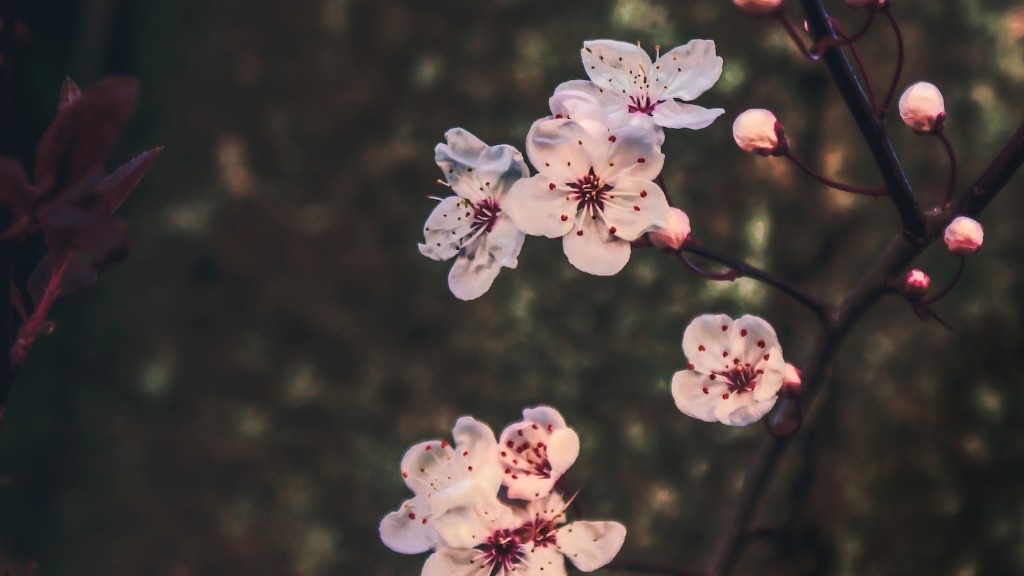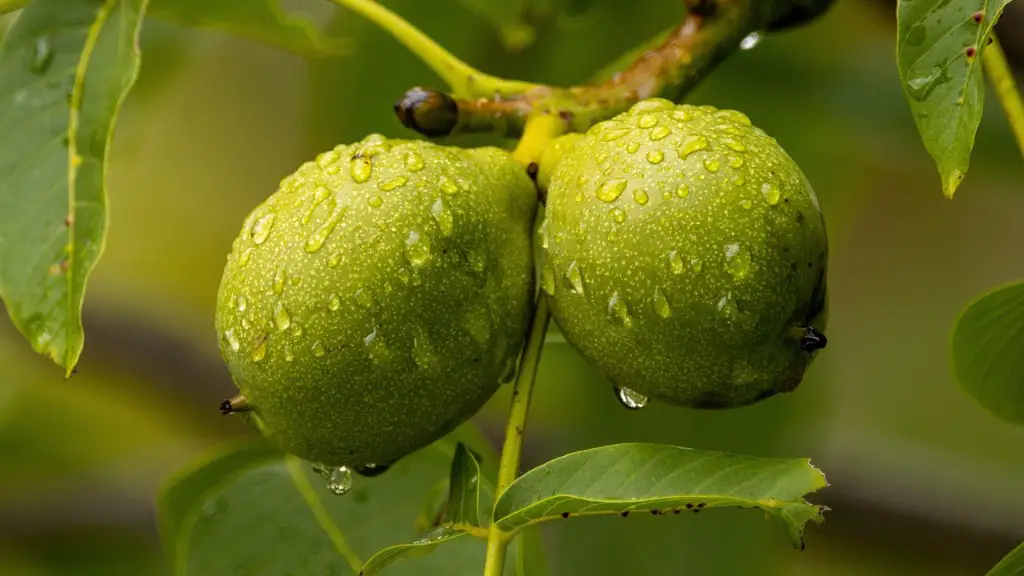Materials and Location
Cherry trees require well-draining, nutrient-rich soil, and a sunny spot with four to six hours of direct sunlight each day. If the area receives too much rainfall, create a mound for higher drainage. Planting in raised beds, or along the edge of a hill also works. Depending on the type of cherry tree, spacing between trees should be between 10-20 feet depending on the size of the mature tree.
Pruning and Training
Pruning and training young cherry trees is necessary to maintain a desired shape and size. Thinning the branches and canopy helps the tree to grow properly, keeping unwanted shoots and branches pruned to encourage energy to be distributed evenly. Cherry trees can benefit from training within a particular pruning regime.
Growing From Stones
Growing a cherry tree from a stone is possible, but requires patience and consistency. Soak the stone in water overnight to soften it. To stimulate germination, nick the stone with a sharp knife and place it in moist soil in an area with plenty of sunlight. It will take approximately 4-6 weeks for the seed to sprout, depending on the variety.
It is important to keep the soil moist in the first year, as the tree establishes its roots and sets the stage for later growth. Feed the tree a balanced fertilizer formulated for fruit trees or apply a few inches of compost or rotted manure around the base. Mulch can help retain moisture, keep weeds out and suppress disease.
Pests & Diseases
Cherry trees are relatively resilient and can thrive with little maintenance, but there are potential risks. The tree could be subject to attack from a variety of pests, such as aphids, scale, and caterpillars. Diseases such as bacterial canker, powdery mildew, and brown rot can also affect cherry trees, so careful monitoring is essential. Prune out any dead or damaged branches and keep an eye out for symptoms of illness.
Harvesting & Storing
Harvesting cherries can be difficult to determine when it’s the right time. The fruit must be picked when it is fully ripe to get maximum flavor and sweetness. There are a few signs that indicate when a cherry is ripe – the flesh should be glossy and firm, not soft or mushy.
Once picked, cherries won’t keep long – store in the refrigerator for up to 7 days. If you pick too many cherries to eat, they can be frozen or preserved. Clean and prep the cherries, and freeze them in an airtight container or bag.
Grafting and Propagation
Grafting a cherry tree gives you the ability to use different varieties of cherries on the same tree. Take a cutting from a cherry tree, and with the help of a budding knife, cut a small notch in the bark. Splice the two pieces together by placing the cutting in the notch. Bind it firmly with a grafting tape, and wait for the cutting to take root.
Cherry tree propagation can also be done from cuttings. Take a tip cutting from a healthy branch and remove all but the top two sets of leaves. Dip the end of the cutting in rooting hormone and insert it in a container filled with a moistened, well-draining potting mixture. Place the container in bright, indirect sunlight and keep the soil consistently moist.
Pruning & Training Techniques
The goal of pruning and training cherry trees is to encourage branching and create a shape that’s suitable for the space. To achieve this, the sides of the tree need to be trained and structured. Remove any dead or diseased branches to keep the tree healthy and encourage new growth.
In the first year or two of growth, cherry trees should be tied in to a stake or trellis to keep the branches in line. You can also use a shade cloth to protect the trunk from harsh winds and direct sunlight. When selecting pruning and training techniques, consider the climate and tree variety to get the best results.
Soil Management
Cherry trees need loose, moist, well-draining soil to thrive. Amending the soil with compost or manure helps to keep the soil fertile and boost growth. If the soil is dry, irrigate deeply to ensure the tree has enough water during the dormant season.
Applying a slow-release fertilizer one to two times a year can also help promote healthy growth. To avoid burning the roots, wait several weeks after planting a young tree before applying any fertilizer. Mulch is also beneficial to cherry trees, as it keeps the moisture locked in and prevents weed growth.
Fertilizing and Mulching
When fertilizing cherry trees, opt for a balanced fertilizer formulated specifically for fruit trees. Start in the spring and continue throughout the growing season until harvest. Follow the instructions on the packet, or consult a local expert for advice on the best type and amount of fertilizer to use.
Mulching the base of the tree helps to keep the roots cool, prevent weeds and conserve moisture in the soil. Two to four inches of organic matter, such as autumn leaves or shredded bark, can be placed around the base of the tree to help regulate temperature and moisture levels. Coco coir or wood chips can also be used for mulching.
Best Practices for Growing Cherry Trees
When growing cherry trees from stones, there are a few best practices to follow. Start by picking a targeted location and type of cherry tree, before soaking the stone overnight and encouraging germination. During the first year of growth, keep the soil moist, monitor for pests and diseases, and provide adequate space and sunlight. Prune and train the tree to create a desirable shape and size, and apply a balanced fertilizer. Mulch the area to conserve moisture and help regulate temperature. Finally, harvest the cherries when they are fully ripe, and store any excess fruit in the refrigerator or freezer.


